I want The Moon!
"Poor Moon!" Cloaked in mystery and meaning, it has been loved and cursed by men since the beginning of times, being always at the center of their speculations. It has inspired cults and myths, works of art and sci-fi stories and scientific discoveries as well. The imagination of man flew up there since immemorial times: from Lucian of Samosata - a Greek writer from the second century AD - the literary genre of the trips to the moon has obtained a considerable fortune, reaching its peak during the Renaissance, thanks to authors as Ariosto, then moving up to Jules Verne ("From the Earth to the Moon"), up to the last century's Isaac Asimov. Who knows how The Moon must have felt on that fateful evening of the 30th of November 1609, denuded for the first time by Galileo Galilei's telescope? The Pisan scientist discovered that evening that the moon was not a globe of quintessential perfection, but a rough and rocky world, full of oceans, plateaus and craters. In front of the wonder of the scientist, the Moon must be felt fragile, robbed of its reputation as the perfect celestial object. That day, not only some beliefs collapsed, but also the illusions of men about the idea of Perfection - until then, regarded as something handy and, therefore, reachable by man. Since ancient times, in fact, men had settled in the land of Shinar, and decided to build a city with a tower "whose top was in Heaven." But the Lord decided to demonstrate to men the vanity of their efforts. Therefore, after having their language confused ( they were a single people and they spoke the same one language), God scattered them all over the Earth. Since then, the city was called Babel, because there the Lord stirred the languages of all the Earth. After about two thousand years, on the 25th of May, 1961, the American President John F. Kennedy challenges his country to fulfill his craziest dream and declares to the American Congress the national goal to "land a man on the moon" by the end of the decade. The Apollo program reaches its destination on July 20, 1969, with the moon landing of Apollo 11: Neil Armstrong becomes the first man to touch the moon's soil.
The Moon is also connected to the myth of Endymion, a young shepherd of great beauty, beloved by the goddess Diana. Jupiter gives him eternal sleep in order to ensure the endless youth. Every night, The Moon was paying him a visit, in order to hug him. Is it possible that this suggestive night vision has inspired Leopardi to compose the "Night Song of a Wandering Shepherd of Asia"? In this poem, the sheperd, addressing to The Moon - silent and distant - poses some recurrent human questions:
“Say, moon, what can be found/ of worth in life to him,
and to you in your life? - where does it lead,
this transient drift of mine/ and your eternal round?"
"If living has no cure/ why do we so endure?"
"Wherefore so many lights?,
For what the sky's infinity, for what
the deep, non-finite air? What signifies
this solitude immense? And what am I?”.
The Queen of the Night has always fueled the wildest dreams and fantasies of men. No wonder that, in '"Orlando Furioso" (also known as “Mad Orlando”) by Ludovico Ariosto, Astolfo flies to the moon on the Hippogryph in order to recover the sense of Orlando. In fact, if "nothing ever gets lost in the Universe, those things that get lost on Earth, where do they go? On the Moon. On its white valleys, it can be found the fame that does not resist at the time, the bad faith prayers, the tears and sighs of the lovers, the time wasted by the players ... ".
Moon, my dear Moon! Despite the continuing space exploration, you will always be for us - men - the guardian of our secret and sometimes impossible desires.
Mariangela Bombardieri
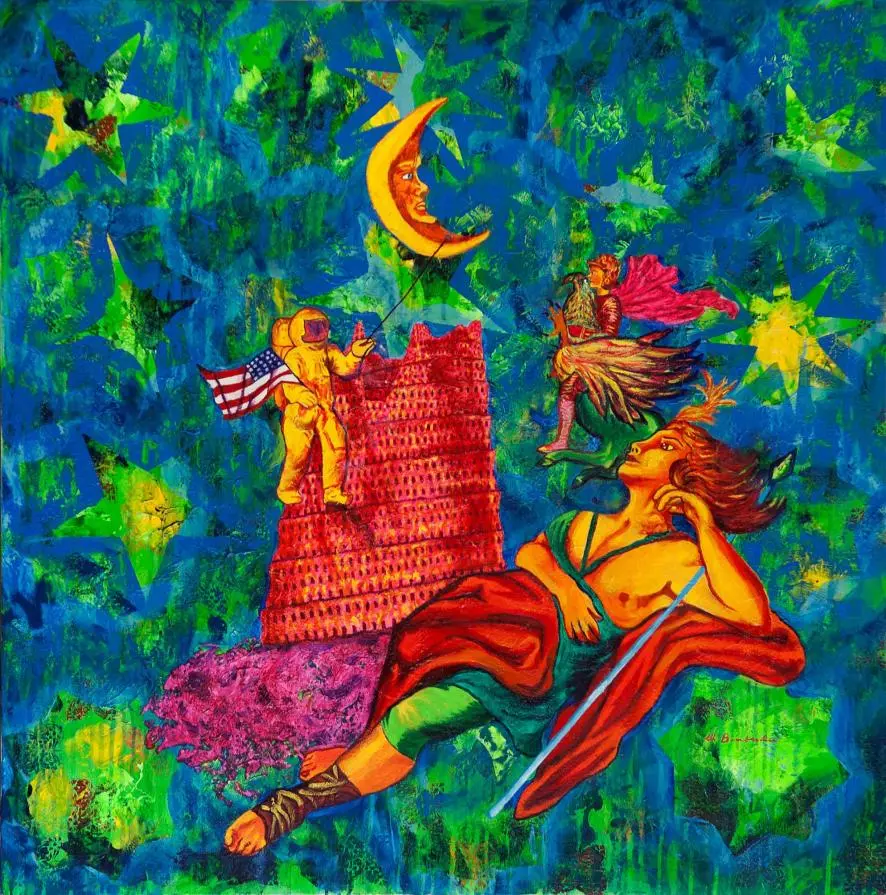
 Share / Save
Share / Save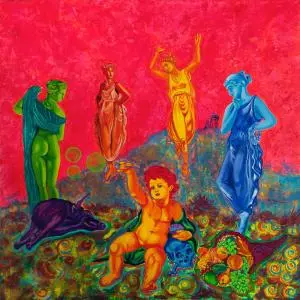
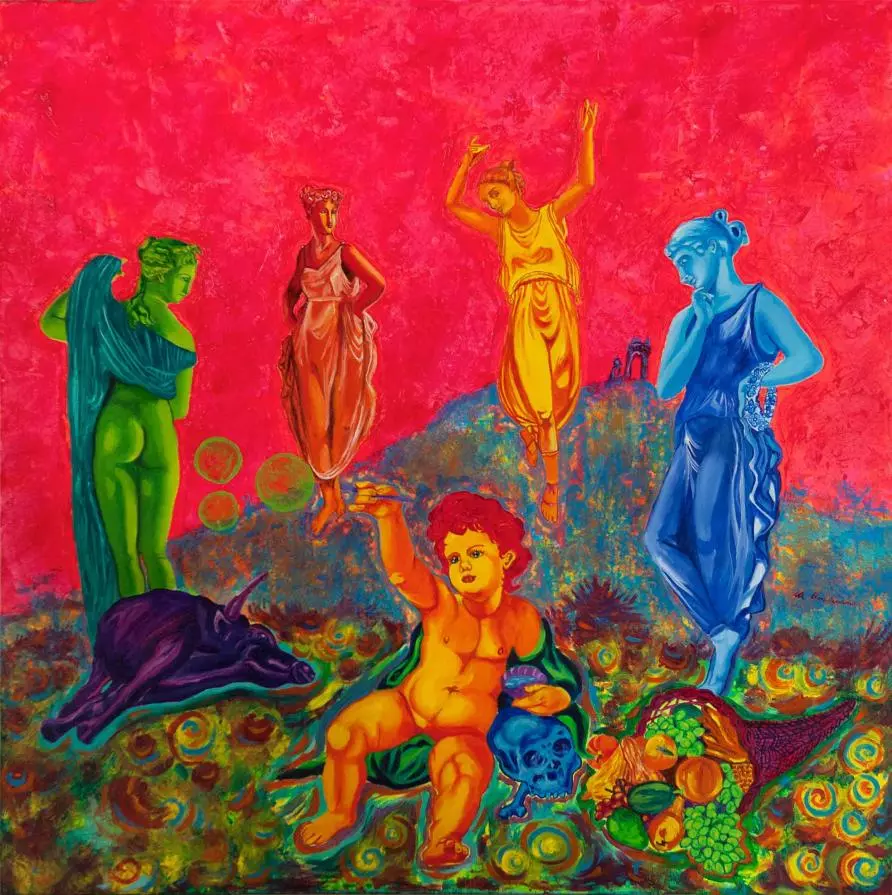
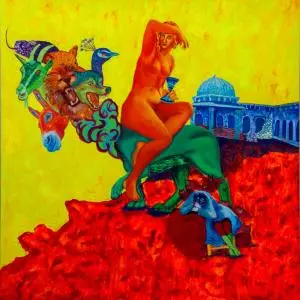
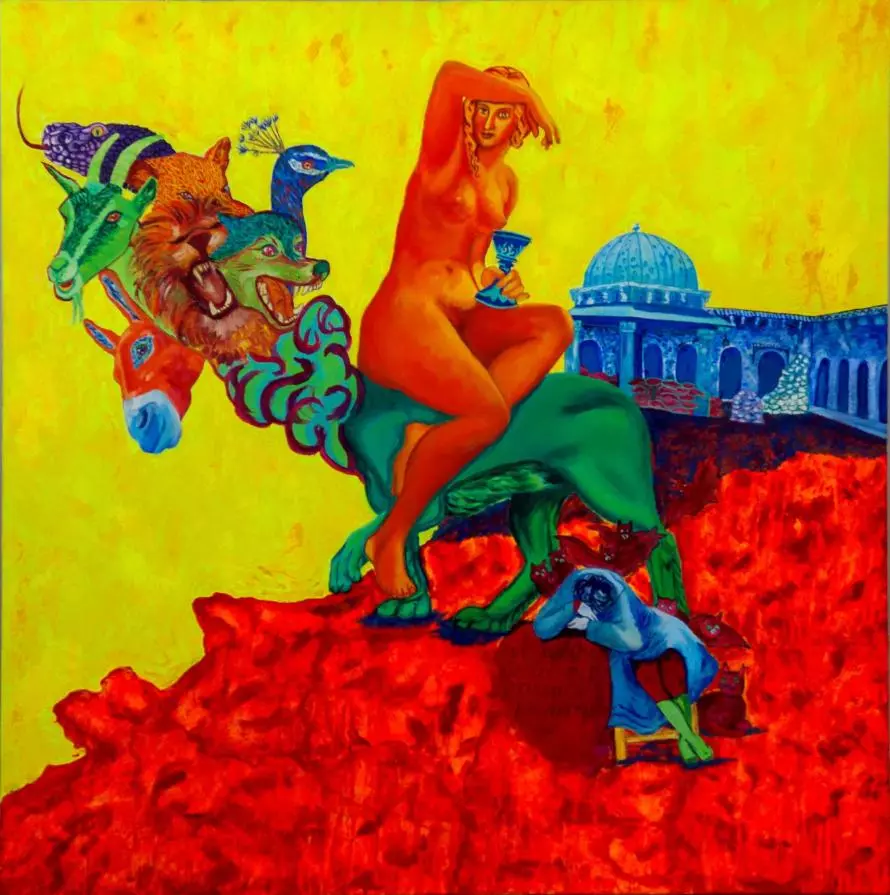
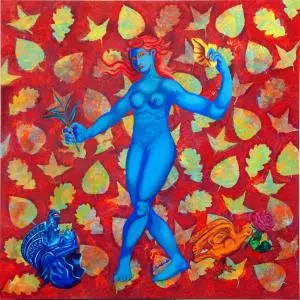
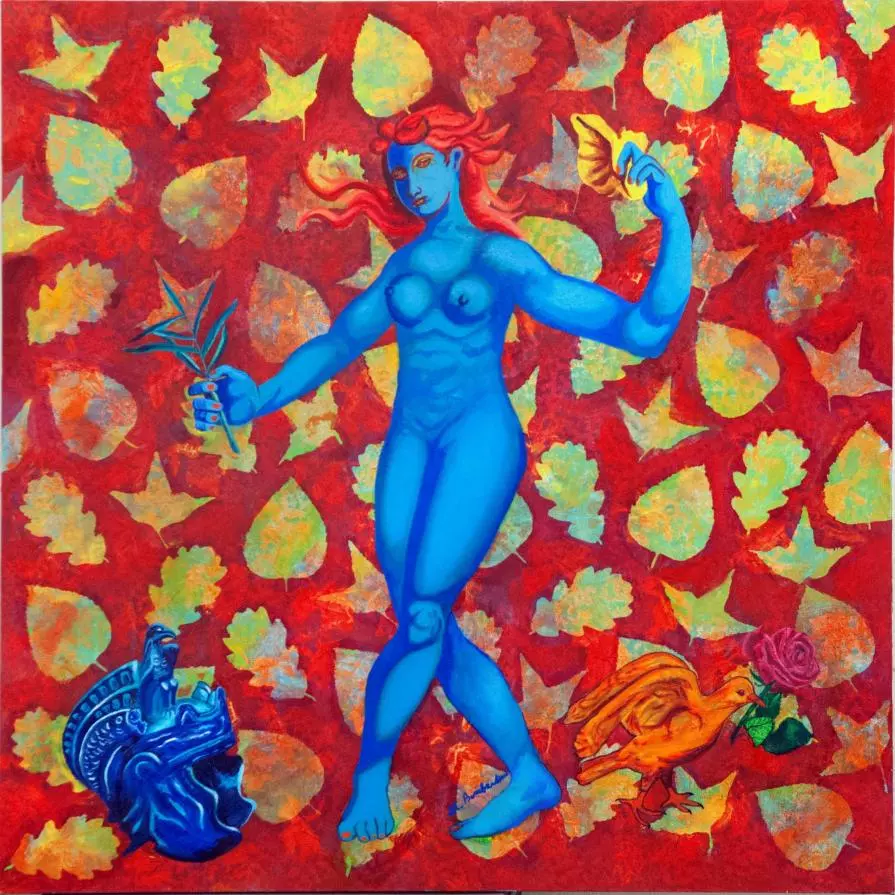
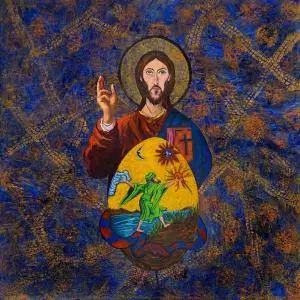
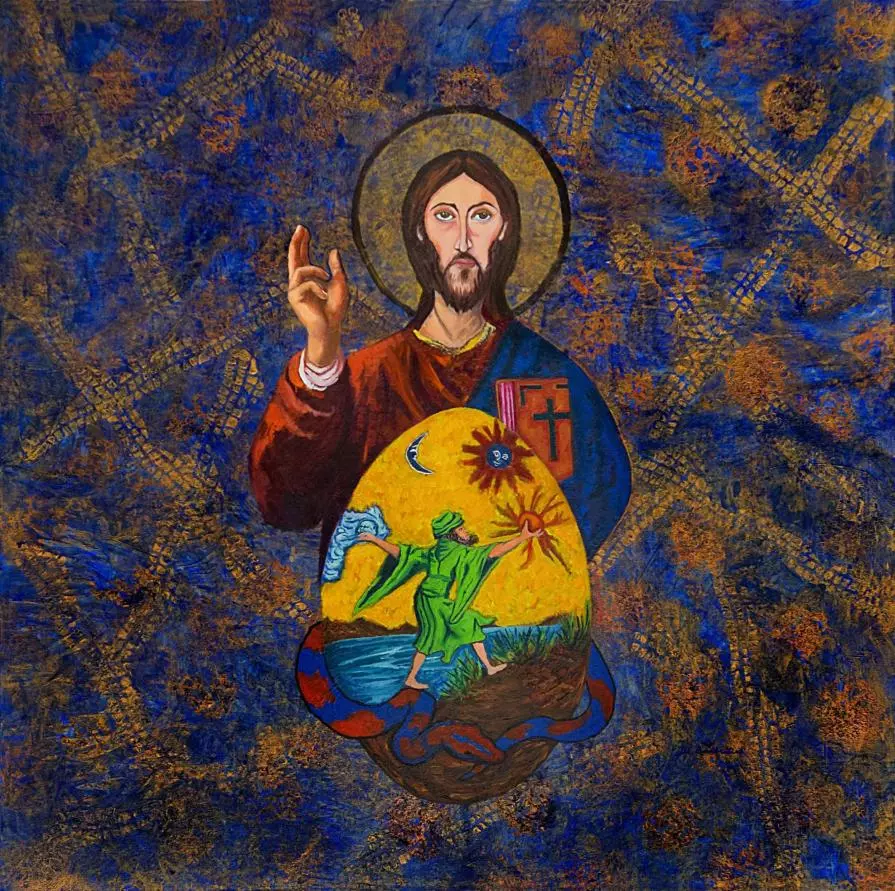
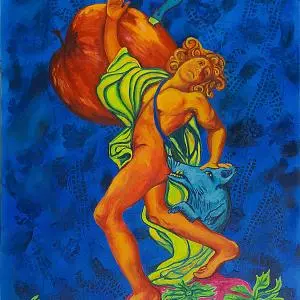
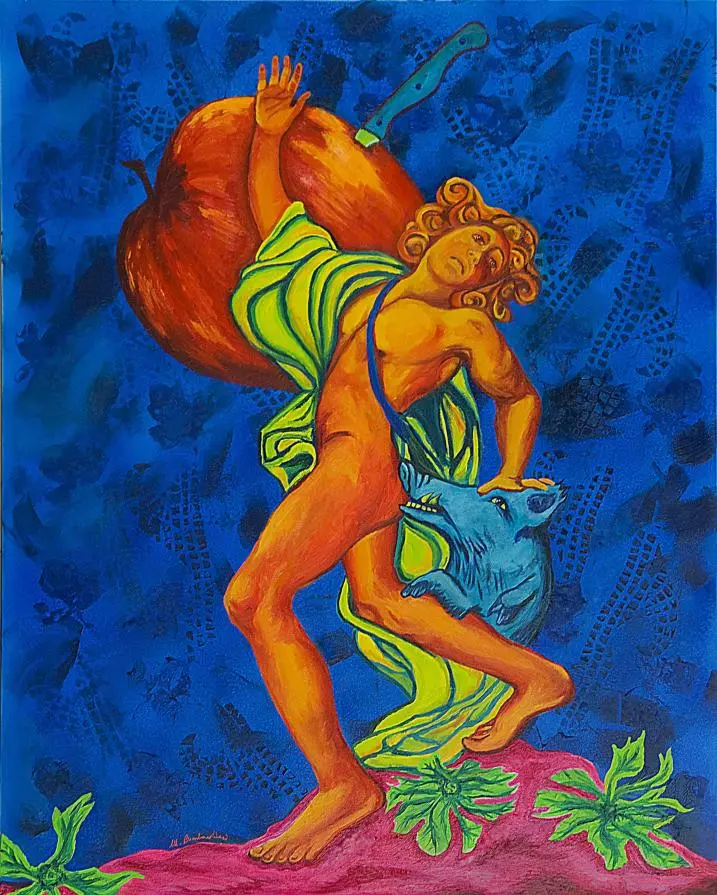
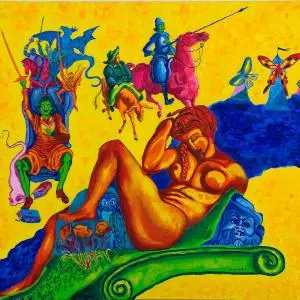
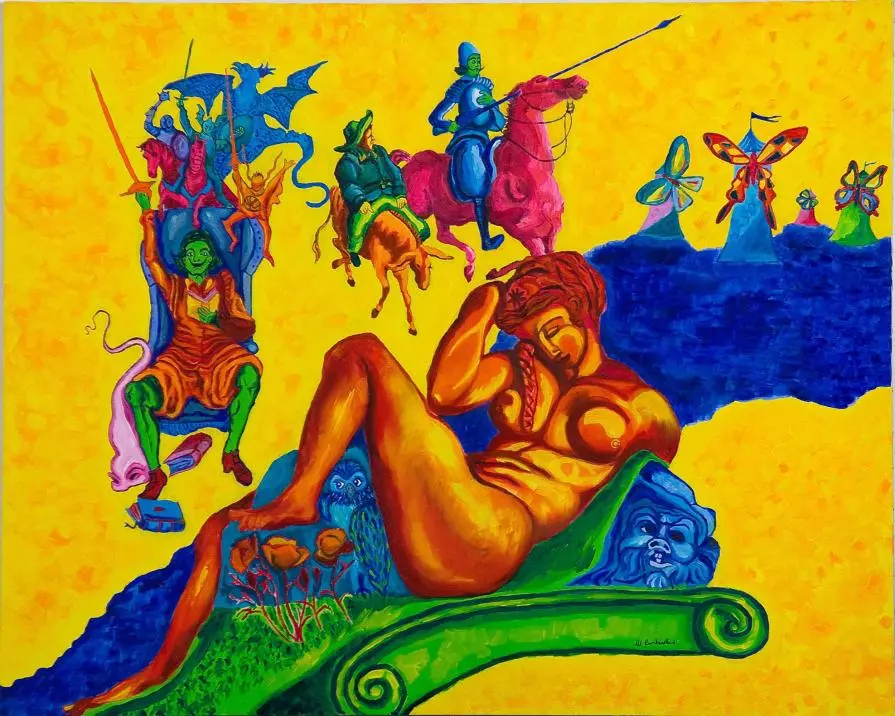
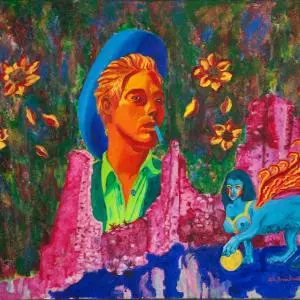

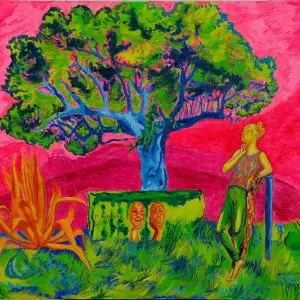
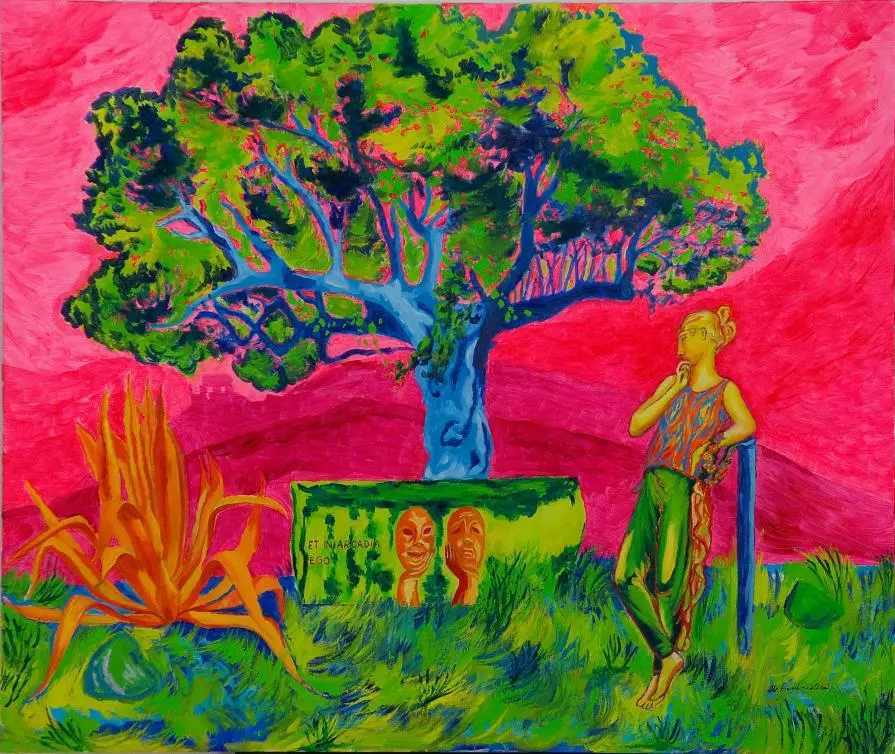
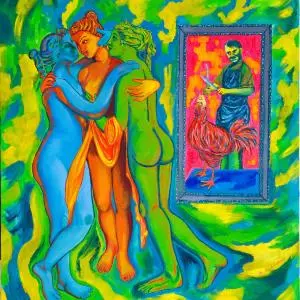
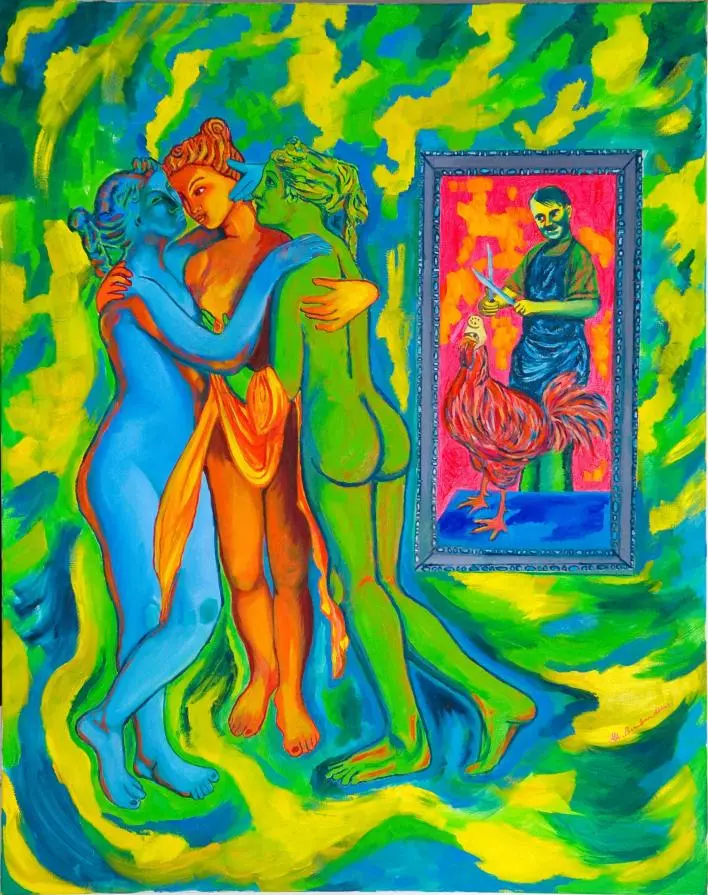













Comments 1
Say something